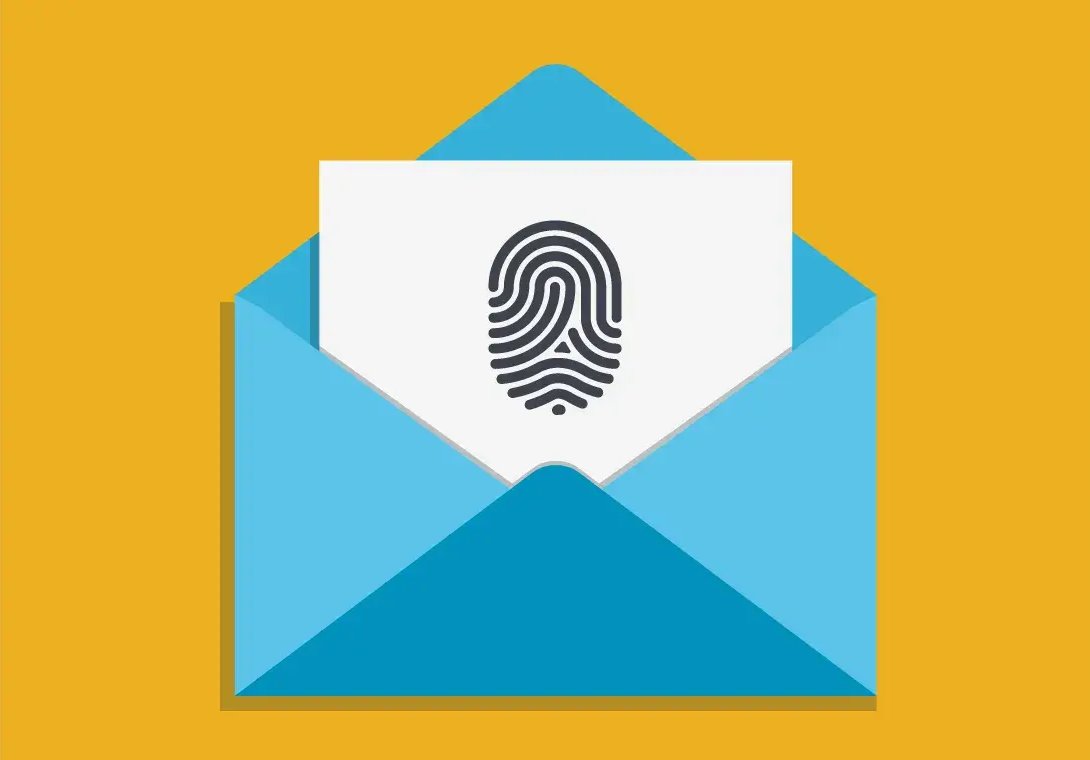A guide to strong email personalization
The easy way of using ChatGPT
Only <1% of recruiters and sales reps do relevant personalization that goes beyond the normal templating with First Name, Role, and Company. This statistic is expected because it takes time and effort to gather a lot of information about every single prospect and combine it appropriately and in a creative way.
An example:
Let’s learn from that 1/100 of the excellent sales reps that take that effort to research and further personalize an email for their prospect. The prospect in our example is called Adam (the first essential info) and they're one of the listed results from our first ICP filtering. At this point, the good sales rep (Jim) already knows some basic info such as the title, company, and location of Adam but he wants to take that extra steps.
This is how Jim prepares:
1 - Get the basics:
He knows that Adam is the head of a small group of data science experts.
2 - The Proposition:
Jim is the sales representative of a SaaS product providing no-code data visualization. The value proposition could be especially interesting for a data scientist like Adam because he is now expanding his team.
3 - Get a trigger:
Adam's company is hiring new data analysts
4 - Get an element for personalization:
Adam wrote in his LinkedIn profile: "Love good wine"
Having collected all these key elements for email personalization, Jim, being a good communicator, combines all of them and prepares a letter like this:
With this engaging email Jim will definitely turn on the attention of his prospect Adam.
What can we learn from this example?
Jim, like the good sales rep that he is, has combined all the elements into a few words that are likely to be engaging for Adam.
- In the introduction, there is a nice icebreaker that resonates with Adam (the reference to vintage wine - his passion) and its inverse appeal to getting old compared to Data (both of which are relevant to Adam).
- There is a reason to get in touch: Adam is going to enlarge his team and will probably need some time to train his new junior data analysts.
- There is an understanding of a probable problem for Adam.
- There is a concise solution to the problem and how to proceed.
- There is a Call To Action.
- There is a Post Scriptum final sentence that reinforces the CTA and sticks to the mind of Adam.
The Key elements are:
- A personalized opening
- Relevant trigger (a good reason why you got in touch)
- Address the Problem (focus on the prospect's problem)
- Show the impact of inaction (address risks of doing nothing)
- A concise solution to the problem
- Short CTA (what to do next)
- Max readability: between 50 and 100 plain English words and white space between sentences and no useless fluff as “Hope you're doing well”.
- A subject line with just two words
How to replicate it on a large scale?
OK - this is all good but even for an experienced sales rep like Jim this operation of researching personalization elements, getting the right opener ice-breaker message that doesn’t sound too obvious, finding relevant triggers, and finally composing all elements in a creative way that results fluid and readable is an intense exercise that involves a lot of internet navigation, a lot of reading and concentration.
Not easy to replicate at wider scales on multiple different prospects.
Even very experienced recruiters, salespeople and many communicators will stop after a few runs of this.

In fact, on the other end, for an effective messaging campaign numbers also count. You cannot expect great results if you reach out to only a few people. After all, marketing is also a game of statistics and numbers.
Quality vs Quantity
And here we come back to the fundamental decision of Quality vs Quantity.
Hyper personalized email messages for few prospects or ... larger numbers done faster with basic simple personalization? 🤔
A Solution for Productivity
In order to reach quantity at high quality, it is necessary to increase productivity with automation.
👉 Data gathering:
Automation will help scan hundreds of thousands of prospects, analyze their profiles, and extract the needed clues for a personalized introduction.
As in the example above, automation will help you to quickly and effortlessly extract all the basic info such as role title, company, industry, and career history of each prospect.
Another time consuming operation where automation should help, is scanning and finding relevant triggers and personal traits of each prospect, for example, automatically analyzing the LinkedIn profiles of each prospect in your list.
👉 Your part:
You should define your value proposition.
It's important to adapt this piece of information exactly for a specific target audience so
properly segmenting your list of prospects and keeping it cleaned and up-to-date is very important.
AI can also potentially help rewrite and suggest clear and concise sentences.
...and the ingredients of the cocktail are ready! 💯
Now we're just missing the last step: shaking / mixing.
👉 Combine information to compose the message
The suggestions from AI
As soon as all the necessary information is available the problem becomes being able to take all that into consideration and compose a personalized message that also conveys your value proposition, your services, or your product to each prospect.
This creativity exercise is not an easy one, but now we have a strong ally: AI.
ChatGPT is amazing at generating text and it excels when you are able to provide exhaustive amounts of contextual information when formulating its prompt.
The ultimate automation
This last step of creating the final message also requires some automation even if you are going to use AI. In fact, if you use the ChatGPT interface directly to write several prompts that include the information of each prospect, it will result in a lot of repetitive cut-and-paste work:
Go to your prospect’s profile > copy relevant data > paste into the ChatGPT prompt > compose the prompt > copy the output > past into your message
In other words, the AI's help is then lost by wasting time with text shifts.
So, what is the ultimate automation?
As you might have already guessed, it’s an automation that:
- Automatically extracts the wanted text snippets from the prospect profile,
- Uses them with opportune prompting for ChatGPT
- Collects the outputs generated by AI and merges them into a custom template
- Lets you proof read and correct the resulting text into a well written message
- And most importantly, automatically repeats these steps for each prospect in your list
In this way you’ll be able to experience the best of both worlds, a combination of both high quality applied in high quantity - GREAT PRODUCTIVITY BOOST! 🚀
Is this ultimate automation just a dream to have on your wish list?
Interesting - I want to try this!
Great news! - this ultimate automation isn’t just a pipe dream and you can try it out fully for free! Just one click away at: www.jobin.cloud/login
Jobin.cloud also offers many more features and a lot more automation for identifying and organizing your ideal prospects and building customized pipelines.



